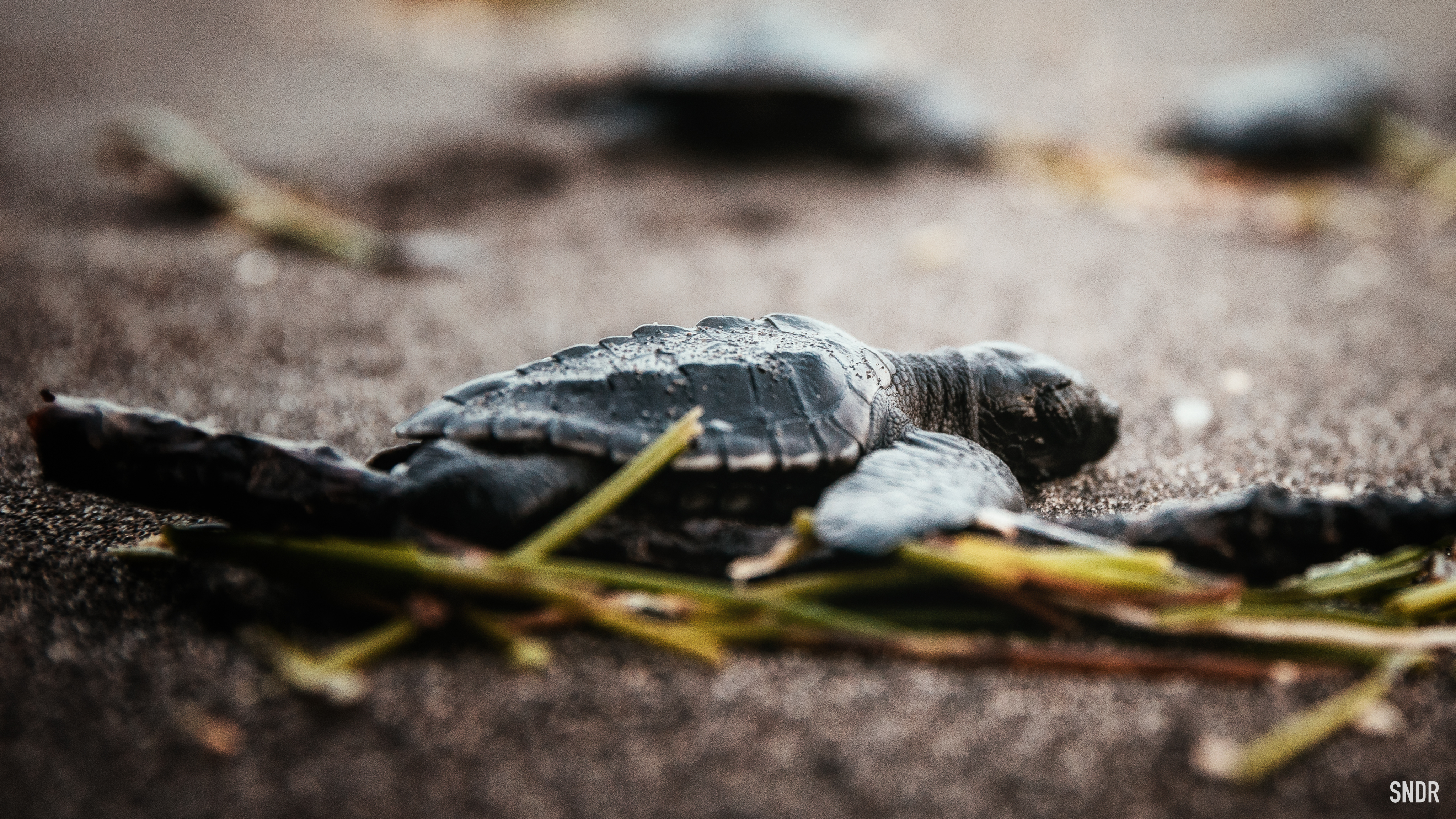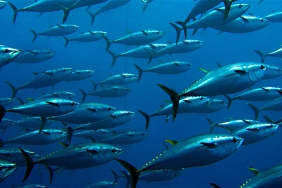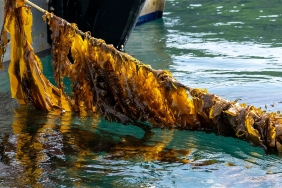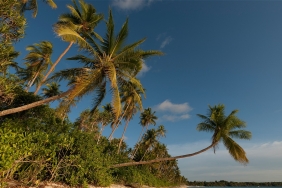PALOH BORDER FISHERMEN LEARN HOW TO HANDLE SEA TURTLE BYCATCH (1)
By: Handayani (Fishermen Facilitator of Turtle Bycatch Program in Paloh)
Do you know where the longest turtle nesting beach in Indonesia is located? The answer is in Paloh, a sub-district in Sambas Regency, West Kalimantan. This region borders Sarawak - Malaysia, and is at the confluence of the South China Sea and Natuna Sea.
Paloh is a collection of eight villages in the country border; Kalimantan Village, Malek Village, Matang Danau Village, Mentibar Village, Nibung Village, Sebubus Village, Tanah Hitam Village, and Temajuk Village. The length of the coast north of Paloh reaches 6,395.70 km2, or 4.36% of the area of West Kalimantan province.
The total length of Paloh beach reaches 63 km. However, only 10 km has the status of a protected area, namely Tanjung Belimbing Nature Park. The remaining 53 km is now in the process of being reserved as a regional marine conservation area (KKLD) by the Sambas Regency Government.
With such a long coastline, it is not surprising that Paloh is dubbed as the longest turtle nesting beach in the archipelago. In fact, Paloh is also touted as the second largest green turtle (Chelonia mydas) nesting beach along the Peninsula.
Over time, Paloh's name - which was initially known as mystical - has slowly turned into one of Borneo's tourism prima donnas because of its clean, quiet and hidden beaches. Yes, access to Paloh is still difficult and limited.
Over time, fishermen have found that they encounter turtles less and less often. "In the past, there were still a lot of turtles on the beaches near here, but now it's not ever," said Pak Suhaili, one of Paloh's fishermen.
"In the sea too, in the past there were still many of them, but now there are not as many as before," he added.
Then, where did these turtles go? Many factors have contributed to the decline of the Paloh turtle population. Apart from threats originating from land, it turns out, another major threat is at sea.
"Actually, one of the things that makes sea turtles depleted here is the increasing number of trawlers in the sea," said Pak Suhaili. "Just imagine how many motorboats are in the sea. There are already many Paloh fishermen, plus more fishermen from outside. More and more turtles are caught in the fishermen's nets," he continued.
Bycatch (bycatch) is indeed one of the major polemics in maintaining sea turtle populations. To reduce the number of turtle deaths due to bycatch, WWF-Indonesia not only socializes the Better Management Practices (BMP) - Guidelines for Handling Turtle Bycatch to fishermen, but also provides assistance to fishermen on the boat for three months. This includes fishermen in Liku Village and Mentibar Village, Paloh.





